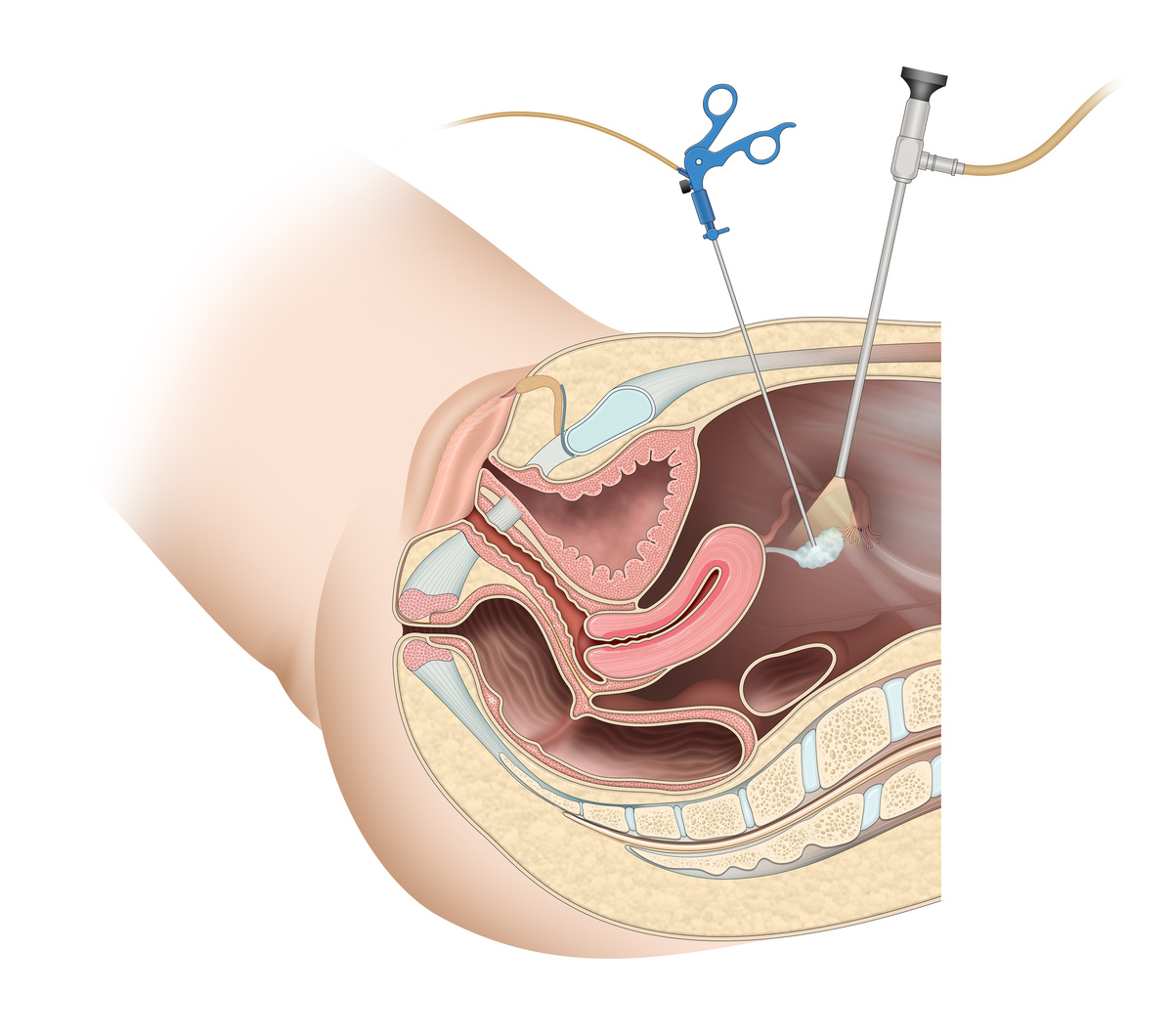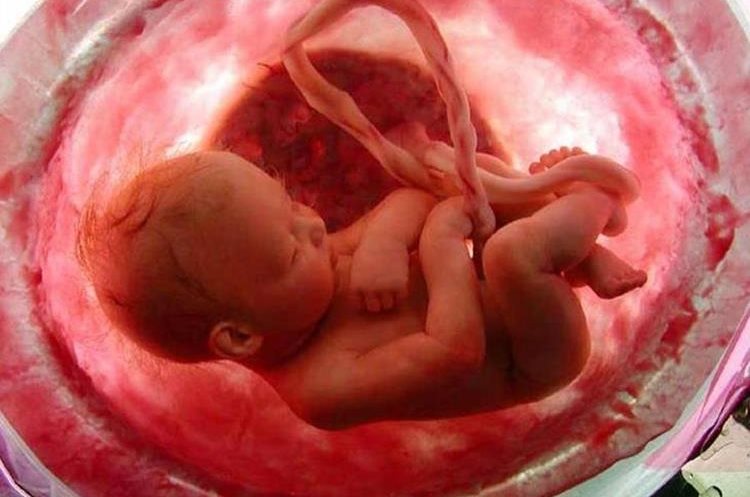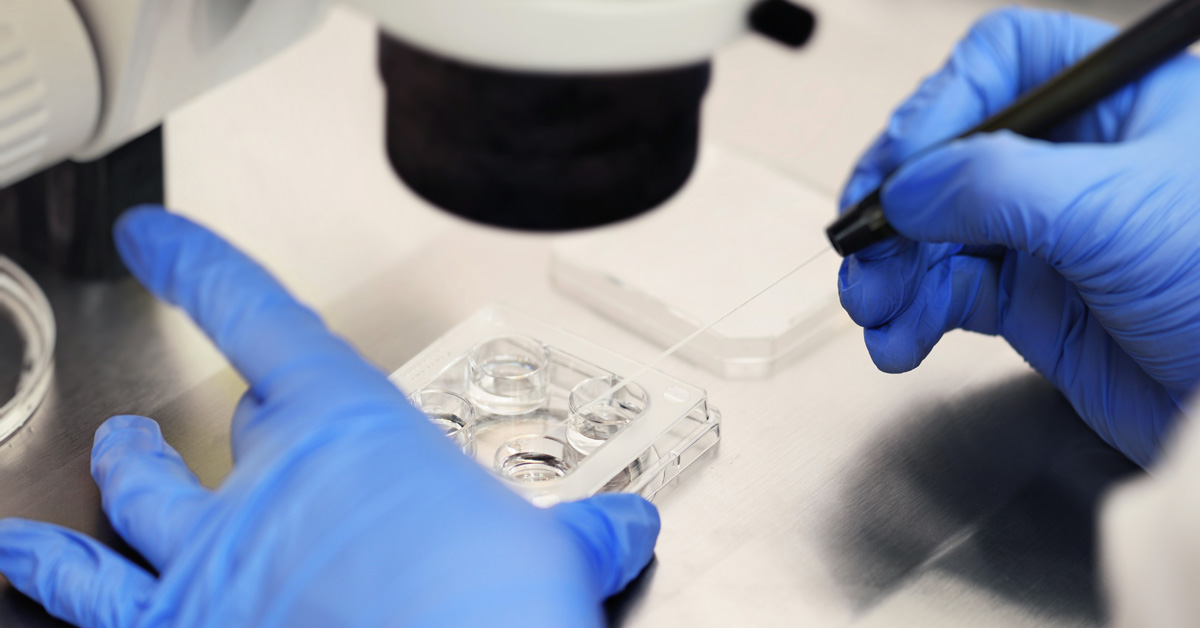Dizygotic twins
They occur when a woman produces two eggs instead of one, and both are fertilized by her partner’s sperm, generating two different embryos. When implanted in the endometrium (the inner wall of the uterus), they begin to give rise to two individuals with different genetic characteristics, including sex, which can be discordant.
These twins are called dizygotic because they come from different eggs or fraternal because they have the same degree of physical similarity that two brothers born years apart would have. Alternatively, they are known as fraternal or non-identical twins.
As each twin has its own gestational sac and placenta (although the two may eventually be united at some point), dizygotic twins’ pregnancy can be diagnosed by ultrasound starting from the sixth week after fertilization. Fraternal twins are the clear majority: they represent 70% to 75% of all twin pregnancies.







